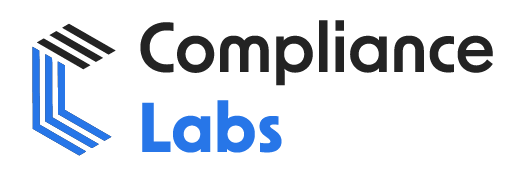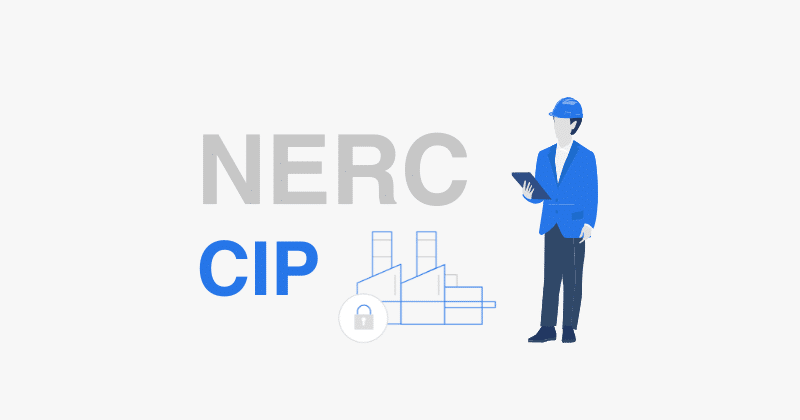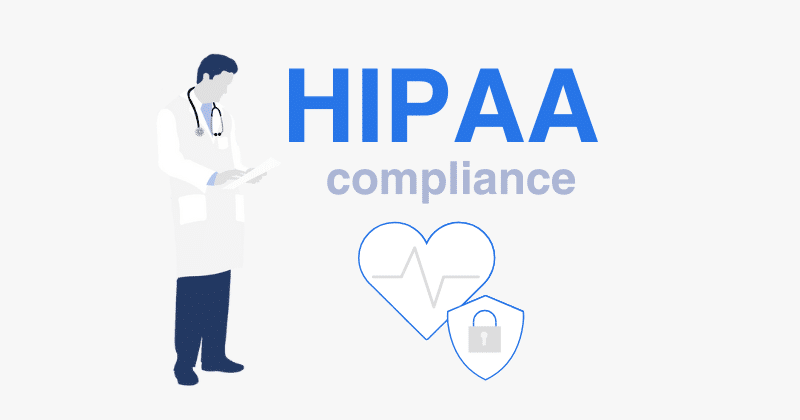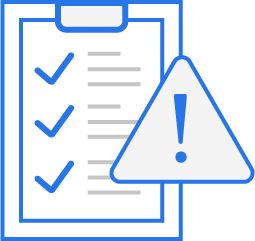Introduction to Enterprise Patch Management
The digital landscape is increasingly turbulent. A brewing enterprise patch management cyber storm threatens organizations of all sizes. As cyber threats surge in sophistication and frequency, a proactive, comprehensive enterprise patch management strategy is no longer optional. It’s an indispensable component of organizational survival. This article examines why robust enterprise patch management practices are essential for building cybersecurity resilience. We offer actionable strategies, practical tips, and data-driven insights to help organizations weather the coming cyber storm and protect their digital assets. As you read on, consider how Compliance Labs can provide tailored solutions to address these critical needs.
The Gathering Clouds: An Evolving Threat Landscape
The past few years have painted a stark picture of the escalating cyber threat landscape. Data breach costs have risen exponentially, ransomware attacks are paralyzing critical infrastructure, and new vulnerabilities are emerging at an alarming rate. According to the IBM’s “Cost of a Data Breach Report 2024”, the average cost of a data breach reached a record high of $4.88 million. This surge underscores the critical need for proactive security measures, with patching standing out as a vital defense.
-
Growing Complexity: Modern IT abd OT environments are increasingly complex. With diverse systems, cloud services, IoT devices, and a remote workforce all contribute to a vast, interconnected attack surface. The more interconnected systems your business has, the more vulnerabilities that need to be detected, assessed, and patched.
-
Evolving Attacker Tactics: Cybercriminals are continually refining their techniques, using advanced malware, phishing scams, and sophisticated social engineering tactics. AI-powered attacks are also on the rise. Cybercriminals utilize AI to write malicious code and send realistic phishing attacks, making detecting vulnerabilities extremely difficult.
-
Expanding Regulatory Landscape: Organizations are grappling with a growing web of compliance requirements. Including GDPR, HIPAA, PCI DSS, and numerous industry-specific regulations, all of which mandate robust security controls and effective vulnerability management.
-
Broken Windows theory This theory in criminology suggests that visible signs of crime and civil disorder, such as broken windows, create an environment that encourages further crime and disorder. Similarly, unpatched vulnerabilities, like broken windows, show attackers a lack of care. This signals an opportunity to exploit the organization’s network, increasing the likelihood of attacks.
Anchoring Against the Storm: The Core of Enterprise Patch Management
-
Reducing Attack Surface: Patching swiftly closes known vulnerabilities that attackers exploit to gain unauthorized access, compromise systems, and steal data. By consistently reducing the attack surface, organizations minimize the risk of successful attacks.
-
Ensuring Compliance: Implementing timely and effective patch management helps meet the stringent requirements of industry regulations like HIPAA, PCI DSS, and ISO 27001. Regulatory non-compliance increases the risk of heavy fines and legal liabilities.
-
Preserving System Stability: Patching addresses software bugs and performance issues. Therefore, it guarantees the smooth, reliable operation of critical systems and minimizes business disruptions. Properly managed systems operate better, increasing customer satisfaction and employee efficiency.
-
Building Trust and Reputation: Proactive security measures signal to stakeholders that your organization is serious about data protection and privacy. It strengthens customer trust, preserves brand reputation, and improves business competitiveness.
Key Elements of a Robust Enterprise Patch Management Strategy
-
Asset Inventory & Configuration: Maintain a current, detailed inventory using automated discovery tools and SBOMs for comprehensive visibility.
-
Vulnerability Scanning & Threat Intel: Use automated scanners and threat feeds to identify and prioritize vulnerabilities based on severity and exploitability.
-
Risk Assessment & Prioritization: Assess vulnerability risks by considering asset criticality, data sensitivity, and business impact, to focus patching efforts.
-
Patch Acquisition & Testing: Source authenticated patches from vendors and thoroughly test compatibility and stability in a non-production environment.
-
Deployment & Remediation: Develop a structured, automated deployment plan that adheres to change management policies, and uses centralized management tools.
-
Monitoring & Verification: Track deployment success, verify vulnerability remediation, and generate compliance reports.
-
Exception Management: Establish and regularly review a process for justified patching exceptions, maintaining records of mitigations.
-
Continuous Improvement: Optimize the strategy regularly with incident learnings and by staying updated on best practices and emerging threats.
Practical Tips for Weathering the Cyber Storm
-
Embrace Automation: Leverage automated patching tools to speed up deployment and reduce manual effort. For instance, set up auto-patching systems so that routine and low-level updates are immediately implemented to save time and allow IT teams to focus on critical patching strategies.
-
Prioritize Critical Assets: Focus on patching systems that house sensitive data or support essential business functions to limit the biggest and potentially costly system outages. Understanding your business functions will help you to select which systems should get your team’s immediate attention and efforts.
-
Implement a Patch Management Policy: This is a crucial step for establishing a robust security framework within your organization. A well-defined policy ensures that patching activities are systematic, consistent, and aligned with your organization’s overall cybersecurity goals. This also increases the team’s communication with company stakeholders, allowing them to work together toward comprehensive implementation.
-
Foster a Security Culture: Cultivate a cybersecurity culture where all personnel value the importance of patching. Educate users about the risks of unpatched vulnerabilities and the importance of promptly applying updates. It is important to emphasize the Broken Windows Theory at this point for effective engagement.
-
Engage Third-Party Expertise: Partnering with a managed security service provider (MSSP) can guarantee access to specialized expertise, advanced tools, and proactive threat monitoring. This allows you to strengthen the security of your company’s network by utilizing trained personnel with the most up-to-date software and knowledge.
The Horizon: Navigating Future Challenges
-
Integrate AI into Patch Management: Leverage AI and machine learning to automate vulnerability identification, prioritization, and testing. Use AI to predict potential attack vectors and proactively apply patches to limit breaches.
-
Embrace Zero Trust Architecture: Implement Zero Trust principles and constantly validating the reliability of each user and device before allowing it to access any source. This minimizes lateral development after a hack, even though there is a vulnerability that is unpatched.
-
Strengthen Supply Chain Security: Assess the security posture of third-party vendors and suppliers and confirm they stick to fix standards. Use third-party apps and equipment with reliable fixes and constant threat recognition.
-
Focus on Cloud Security: Implement advanced fix procedures adapted to cloud native apps, source controls, and cloud platforms to maintain a stable and safe cloud environment.






